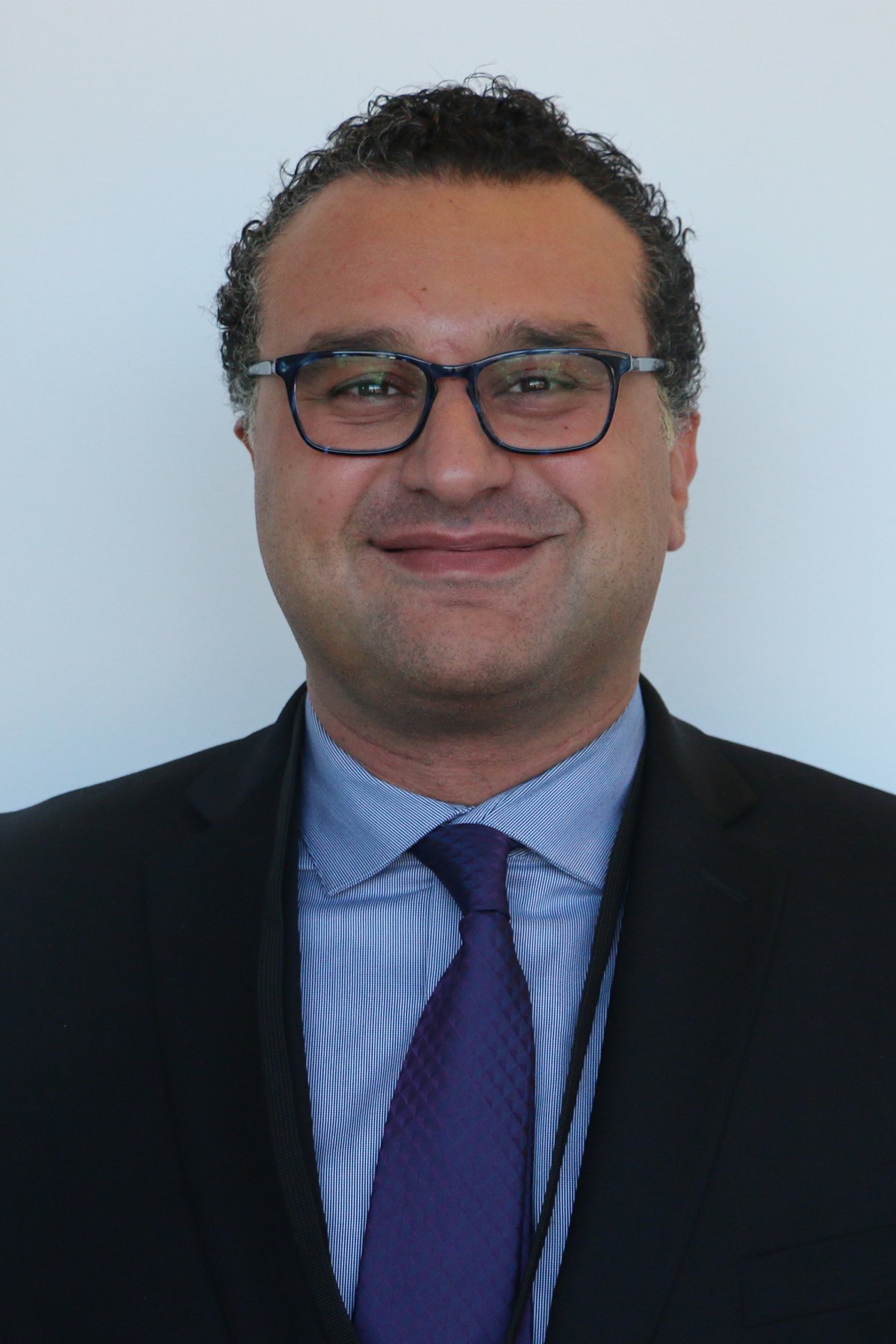Vascular Anesthesia

 The Division of Vascular Anesthesia is committed to providing anesthesia that meets the highest standards of care for the entire spectrum of patients with vascular disease.
The Division of Vascular Anesthesia is committed to providing anesthesia that meets the highest standards of care for the entire spectrum of patients with vascular disease.
Our faculty comprises a select group of providers who are specially trained in cardiovascular and critical care anesthesia. This group provides meticulous perioperative care and demonstrates expertise in the management of complex and challenging pathology, specializing in high-quality anesthesia care for emergent vascular cases.
Working with a group of nationally recognized leaders in the field of vascular surgery, our residents have the benefits of being exposed to procedures that are only performed at a small number of elite medical centers.
One example of such a program is the branched and fenestrated endovascular stent graft program for thoracoabdominal aortic aneurysms, offered as a part of the multidisciplinary UMass Memorial Center for Complex Aortic Disease. These types of complex endovascular repairs are performed at UMass Memorial Medical Center and only at a handful of other centers around the United States.
The Division of Vascular Anesthesia provides care for nearly 173 carotid endarterectomies, 50 open aortic cases, 75 endovascular aortic cases, 145 lower extremity bypass procedures and more than 200 hemodialysis access procedures each year. The Division of Vascular and Endovascular Surgery in close collaboration with the Division of Vascular Anesthesia offers the most comprehensive minimally invasive aortic program in New England. These cases demand high-level anesthesia care with the use of transesophageal echocardiography (TEE) as well as lumbar drain placement for cerebrospinal fluid (CSF) pressure monitoring.
UMass Memorial Medical Center also has the highest volume of referrals for ruptured aortic aneurysm repair in the Northeast. Most of these cases are managed by our multidisciplinary code rupture protocol, which helped to achieve a 50 percent reduction in mortality in the first year after implementation.
Managing approximately 1,400 cases per year, the Vascular Anesthesia Division provides a wealth of clinical experience for our residents to perfect their skill in caring for high risk patients with cardiac disease undergoing noncardiac surgery. In addition to general anesthesia, regional anesthesia, including upper extremity blocks for AV access, lower extremity blocks (femoral and sciatic) for peripheral vascular surgery, and lumbar and thoracic epidural catheters for postoperative pain management in open abdominal aortic and lower extremity bypass surgery patients is routinely used.
- Ahmed Shalabi, MS, MD, DESA, EDRA, AFSA, director of vascular anesthesia